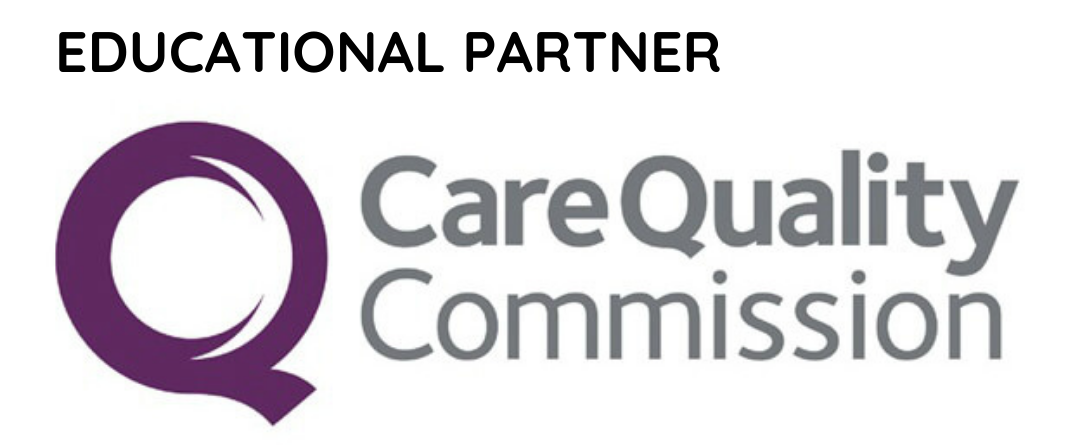Prioritising People Over Pay: What is more important the person or the pay cheque?
)
Retention Strategy vs. Recruitment Strategy in Social Care: Prioritising People Over Pay, what is more important the person or the pay cheque?
In the demanding and highly emotive field of social care, retaining dedicated, compassionate team members is essential. Samantha Crawley, CEO Bracebridge Care Group and Director at The Outstanding Society, shares her exclusive insights with UK Care Week readers.
The loss of experienced people to the sector can have a significant impact, not just on the operational efficiency of care homes, but also on the quality of care provided to the people living in the homes. While recruitment is often seen as the primary solution to staffing shortages, a well thought out retention strategy can be far more cost-effective and beneficial in the long run. This approach emphasises treating employees with the same care and respect as the people they support, fostering a work environment where people feel valued, cared about and supported. Costs of Loss vs. Costs of Retention The financial implications of high staffing turnover are staggering. Each time an employee leaves, the organisation incurs costs related to recruitment, onboarding, and training of each person. The loss of institutional knowledge and the impact on team morale and care delivery can be even more damaging.
Retaining skilled team members, on the other hand, often requires a smaller investment but yields far greater returns. The costs of retention strategies—whether through offering benefits like Blue Light Cards, recognising personal milestones, or ensuring fair and consistent treatment—are minimal compared to the disruption and expense of frequent recruitment.
Beyond Pay: Valuing People and Their Families While competitive pay rates are important, they are not the only factor that influences team member retention. Employees in social care are motivated by more than just financial rewards; they seek a work environment where they feel respected, valued, and supported. This means treating team members with the same care that we extend to the people we support and their families.
Recognising the importance of family life, for example, can be a powerful retention tool. Offering half-day holidays on birthdays, celebrating the birth of a team member's child with gifts and cards, and providing free food for families with school children during the summer holidays are just a few examples of how we can show our employees that we care about their well-being and that of their families.
Practical Benefits: Blue Light Cards and HMRC Tax Code Assistance Practical benefits, such as offering Blue Light Cards to all employees, provide tangible evidence of our commitment to their welfare. These cards, which offer discounts on a range of goods and services, can make a real difference to the day-to-day lives of all team members. Additionally, providing assistance with HMRC tax codes can alleviate some of the stress associated with managing finances, allowing employees to focus on their work rather than worrying about their pay cheques.
On 1st November 2024, we are implementing pay on demand, another relatively low-cost initiative with big impact. These small but meaningful gestures contribute to a positive work environment and demonstrate that we are invested in the long-term well-being of our team. One recent example is where a team member who works in one of our homes asked for extended leave, so that she could go abroad to pick up her children who she had now secured residency for in the UK. Her joy was palpable and with just a couple of nosey questions we were able to send to her house, school bags, pencil cases and other key items needed for each child to start school. Not a lot of outlay but a Huge Impact. Regular Review of Retention and Recruitment To effectively manage both retention and recruitment, it's crucial to review both strategies on a weekly basis. Regular retention meetings should be held to identify any issues or concerns that may be affecting team member morale and to develop strategies for addressing them. Similarly, recruitment efforts should be continuously evaluated to ensure that we are attracting the right candidates and filling any gaps in the workforce. This dual focus ensures that we are not only bringing in new talent but also keeping our current team members engaged and satisfied.
The key for us is having team members of all persuasions attend our recruitment assessment centres – they can then influence the choices we make on who to bring to the next stage of the process. It is a great feeling for people knowing they are able to help choose their future colleagues. When someone leaves, we must ask the question of ourselves, “could we have done anything to prevent this?” and if we find we could – then we must learn and implement the learning across the organisation. Now, when we talk retention, sometimes leaders become uncomfortable as there are times when we need to move people out of the organisation and this also has an impact on the team and the people in the homes. We must though, keep as fundamental, the ethos that the organisation lives by and if we find a person within the team who does not value and live the ethos as we expect – then there cannot be a time where we accept this. Keeping a person so that the ‘numbers’ are correct can break a team so much faster than being one person down. A quote I use, probably far too often, from the book School Culture Rewired by Steve Gruenert and Todd Whitaker: “The culture of any organisation is shaped by the worst behaviour the leader is willing to tolerate.” If you let that sit with you for a moment, it's a pretty powerful idea.
Succession Planning and Core Team Retention Succession planning is another critical aspect of a successful retention strategy.
By identifying and nurturing potential leaders within the organisation, we can ensure continuity and stability in our workforce. Regular succession planning days in the diary, to discuss the development and progression of team members, ensuring that we are investing in their future with the organisation are very important. Retaining and motivating the core team, who make up about 60% of the team in each home—is particularly important. These are the individuals who provide stability and continuity, and their departure would have a significant impact on the entire team, yet they do not want to develop into a more senior or different role in the organisation. It is essential to repeatedly ask ourselves: "Who would I be surprised to hear is leaving?" By identifying these key individuals, we can take proactive steps to ensure their continued engagement and satisfaction.
What can we do now? In the social care sector, where the quality of care is directly tied to the quality of the team, retention must be a top priority. While recruitment will always be necessary, investing in retention strategies that go beyond pay rates and focus on the holistic wellbeing of employees is crucial. By valuing our team members and their families as highly as we value the people living in our homes, we can create a work environment where people feel appreciated, motivated, and committed to staying for the long term. This not only reduces costs and turnover but also ensures that we are able to provide the highest standard of care to the people who depend on all of us.
About the author
Samantha Crawley is the CEO of Bracebridge Care Group and is a non-exec Director of The Outstanding Society, Samantha was awarded The Social Care Leadership award in 2023 and in 2024 was awarded the Leading Women in Care Award – Businesswoman of the year (Care Homes). Samantha was awarded the Chief Nurse Social Care Award in December 2022 for people who go above and beyond their roles. Samantha’s vision for Bracebridge Care is to build homes which integrate tightly with their local communities and provide places where people are proud to live and work.



